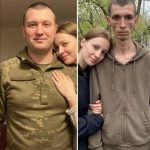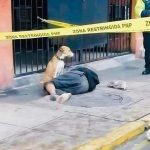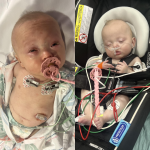The Day Innocence Met the Atomic Dawn A Forgotten Tragedy Beneath New Mexico’s Sky
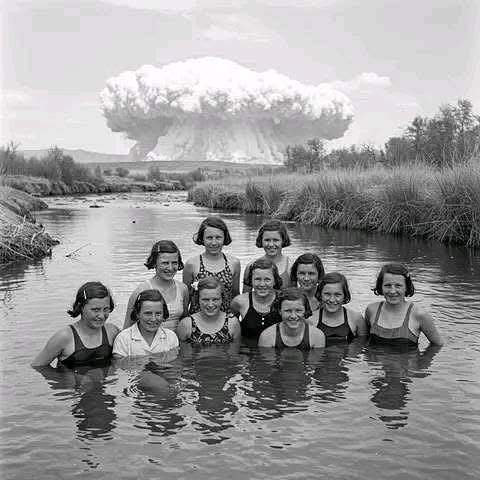
In July 1945, a group of thirteen-year-old girls from New Mexico set out for a summer camping trip near Ruidoso, unaware that they were about to witness a moment that would forever change history — and their lives. Among them was Barbara Kent, who would later recount the strange and haunting events of that day.
As the girls swam in a nearby river, a sudden, blinding flash filled the sky. Moments later, a massive cloud rose on the horizon, glowing with colors they had never seen before. The light was so intense that it hurt their eyes. “It was as if the sun came out tremendous,” Barbara Kent later recalled. Then, not long after, white flakes began to fall from the sky. They were warm, not cold like snow, and the girls, thinking it was some kind of rare summer wonder, rubbed the falling dust playfully over their faces and arms.
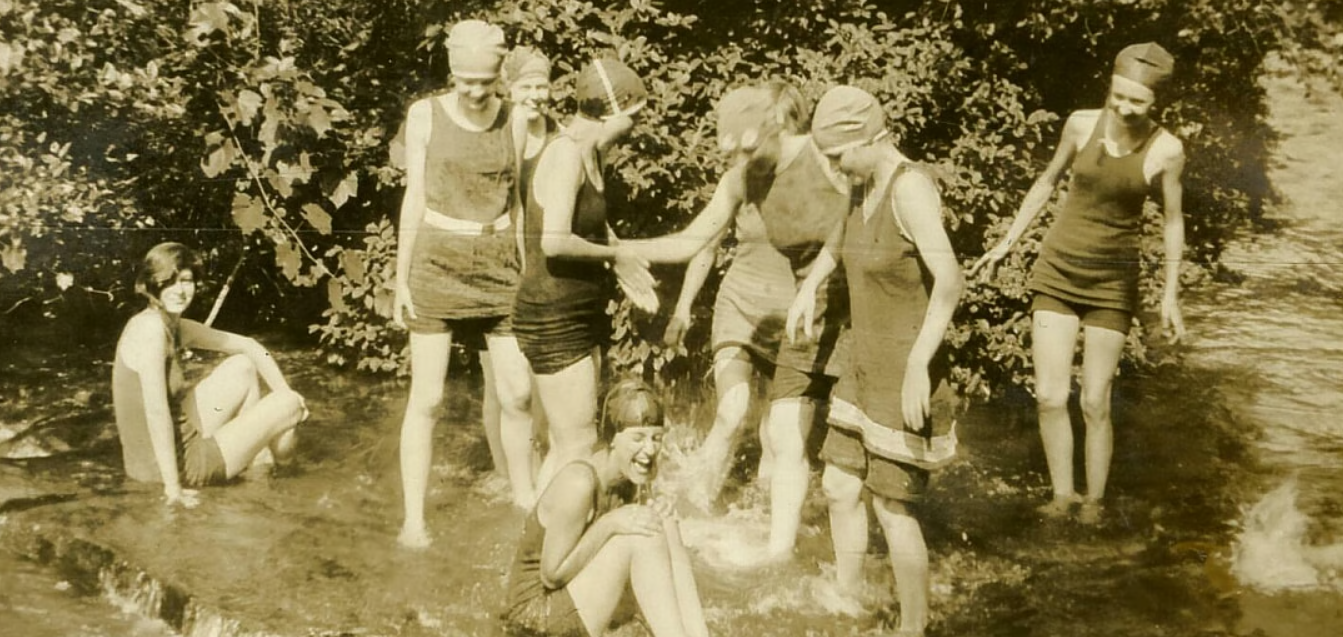
What the girls did not know was that just 40 miles away, deep in the desert valley of Jornada del Muerto, the United States military had carried out the first detonation of an atomic bomb — the secret event known as the Trinity Test. Conducted at 5:29 a.m. on July 16, 1945, the test marked the dawn of the nuclear age. It was celebrated as a triumph of science and innovation, yet its effects reached far beyond the test site itself. No public warnings had been issued, and no nearby communities were evacuated.
The strange “snow” that fell over Ruidoso and surrounding areas was not harmless. It was radioactive fallout — the invisible residue of the blast that drifted across New Mexico’s skies and settled quietly on homes, rivers, and farmland. In the days that followed, residents unknowingly breathed it in, drank contaminated water, and ate food grown in affected soil. Among them were Barbara Kent and her friends, the girls who had played so innocently beneath a nuclear sky.
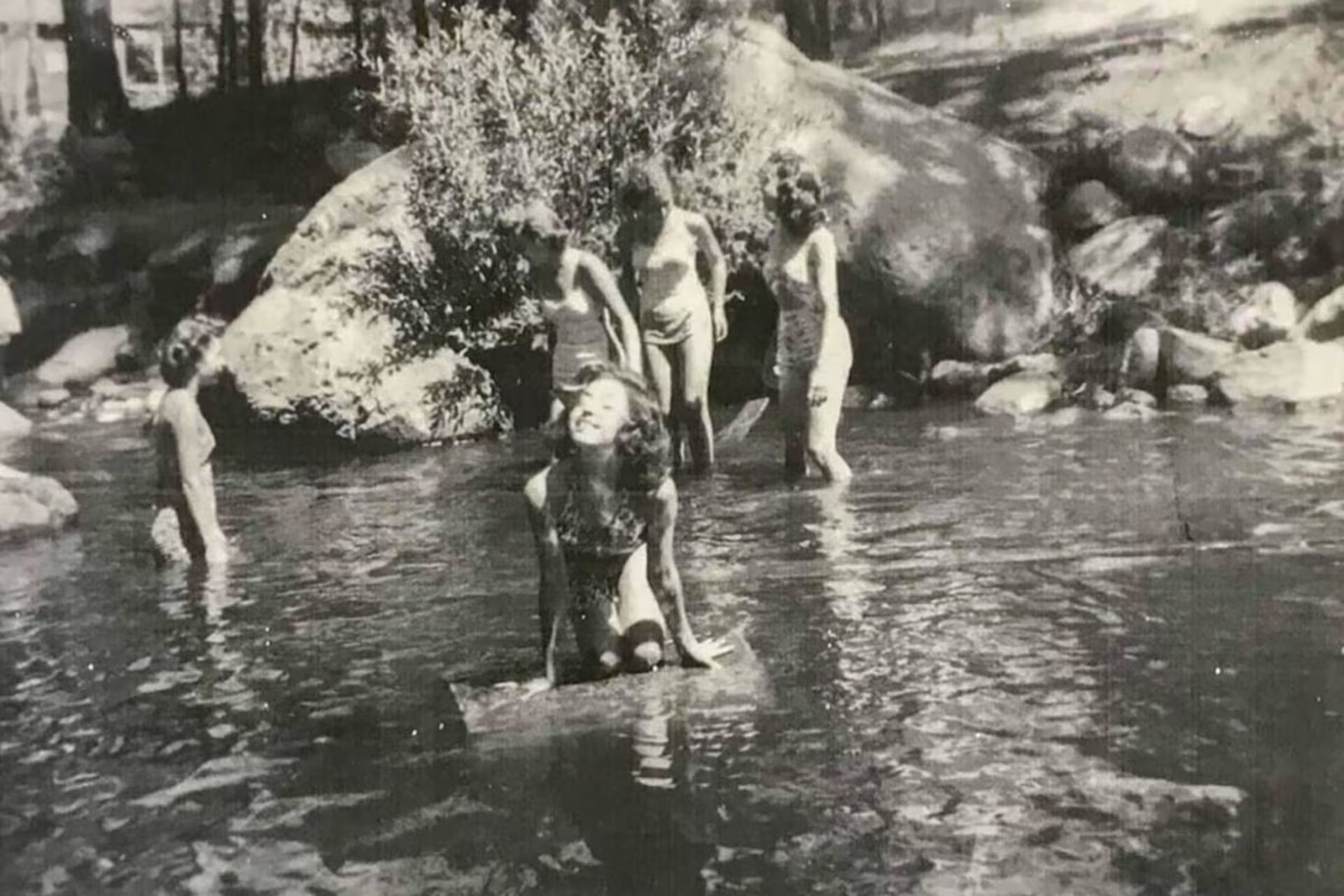
In the years that followed, the consequences became heartbreakingly clear. Every girl from that camping trip, except Barbara Kent, died before the age of thirty after suffering from severe illness. Barbara herself survived, but only after enduring repeated battles with the same affliction that claimed her friends. Her survival made her one of the few living witnesses to one of history’s least acknowledged human tragedies.
While the world remembers the bombings of Hiroshima and Nagasaki as defining moments of the nuclear era, few recall the silent victims closer to home — the families, farmers, and children of New Mexico who were never warned of the danger. They were the first to live beneath a radioactive sky, their health and futures sacrificed to an experiment that changed the world.
